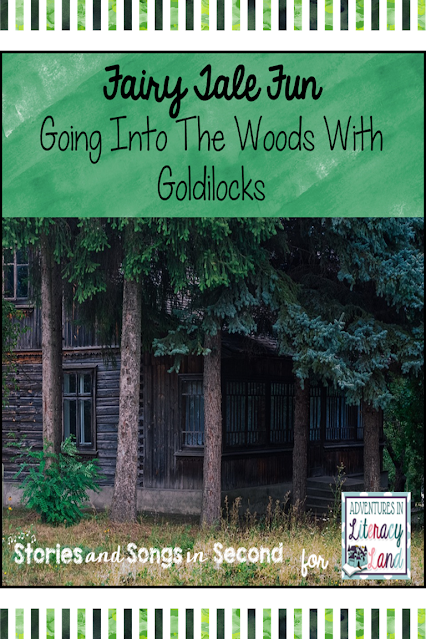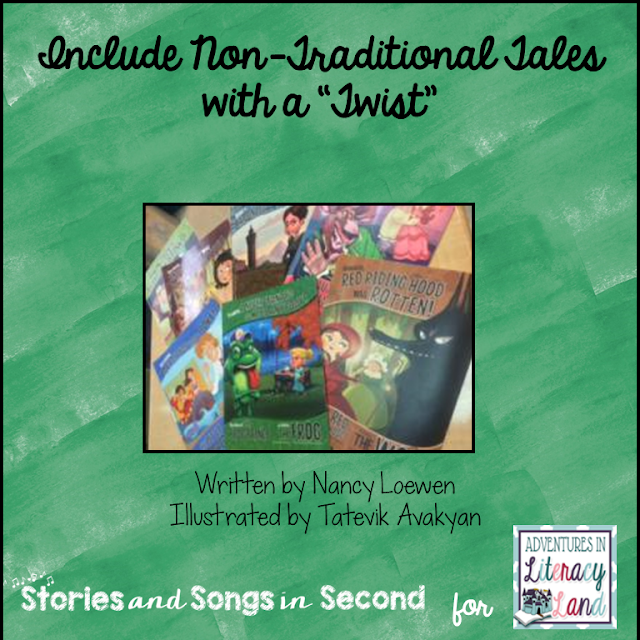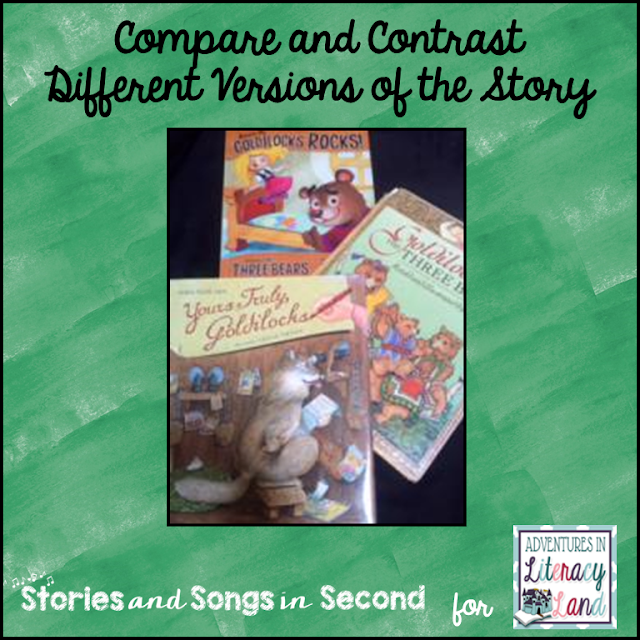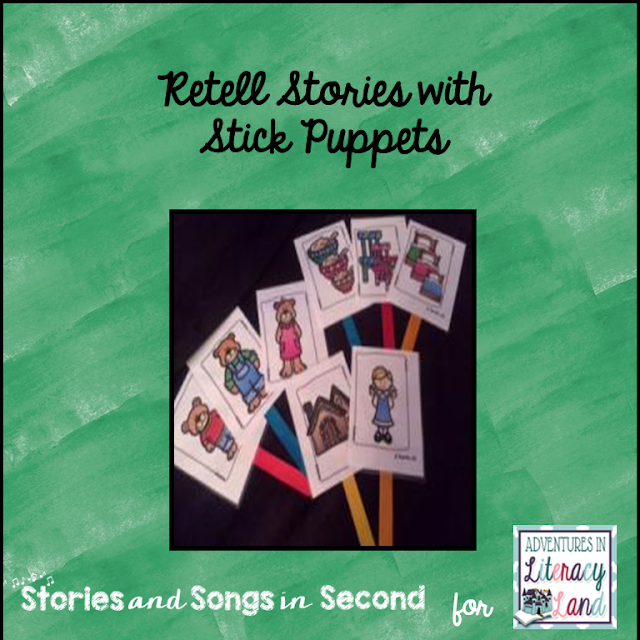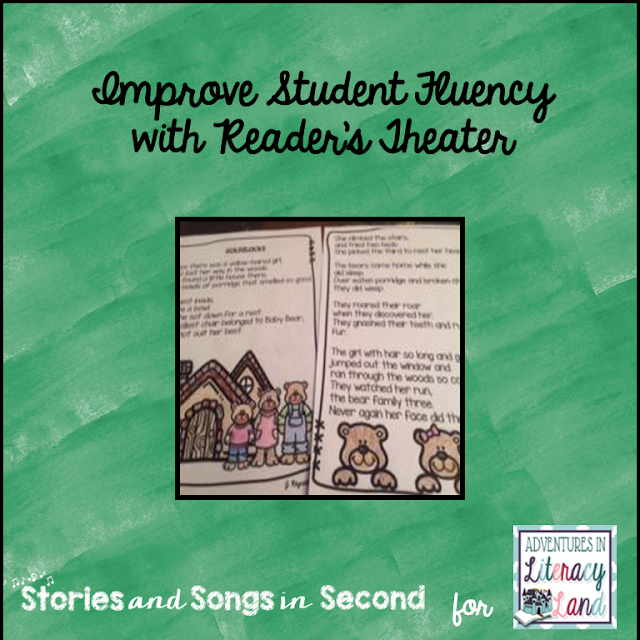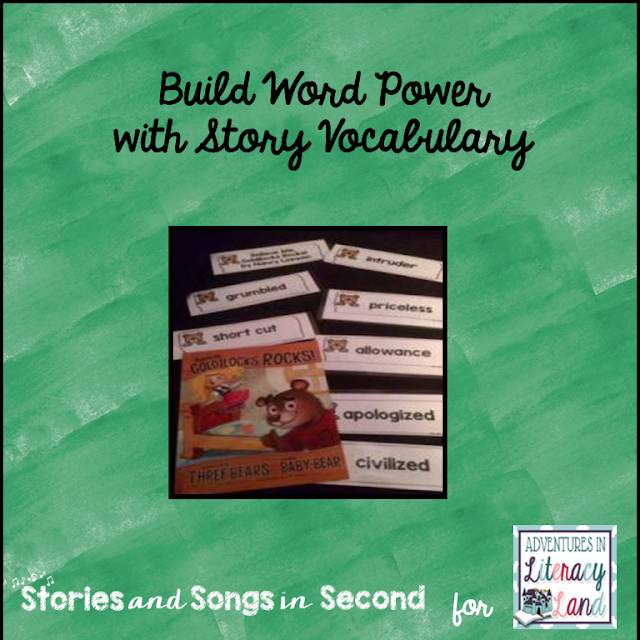Hello Everyone!
Laura here from
Where the Magic Happens Blog. A few weeks ago I was invited to present at the 2016 South Eastern Reading Recovery Conference in Myrtle Beach. I was actually invited by my favorite professor (and mentor) from grad school. To say that I was humbled and honored is an understatement.
I have HUGE respect for Reading Recovery teachers because they are the real deal.
They know the nitty- gritty.
The understand the reading and writing process better than anybody else.
Every single RR teacher that I have ever met radiates knowledge and wisdom.
So my initial thoughts were:
What do I have to offer to such a knowledgeable crowd?
What will I share with them if they already know it all?
Close reading. Yes, that was my topic.
Anyhow, one of the most recurring questions in my sessions had to do with the things that I do to set up close reading routines with my firsties.
Well let me ya...
According to Fisher & Frey:
Close reading is purposeful, and careful repeated readings of a complex text.
As a result, it is important to remember:
Close Reading is challenging. As a teacher you need be able to model and show your students the differences with guided reading.
The very first time I attempted close reading with my firsties, one of my sweet students told me that close reading is like peeling an onion because you uncover layers and layers.
Genius! Truly genius!
My wheels were turning.
Then, my sweet teacher friend Krystal from next door also mentioned that she had seen something similar on Pinterest where a teacher used an Oreo cookie to introduce close reading to her students.
The wheels kept on turning. Then I figured I would do this:
Of course I thought about this like at 9:30 at night when I was taking a bath with calming oils.
I usually keep tangerines in my house for me and my boys, but I was out. People at my school may have thought that I was going coo-coo when they received my text messages asking if they had tangerine oranges in their homes. My beautiful and stylish literacy coach even offered to stop by the grocery store to get fruit. So sweet. I ended up going to the closest Harris Teeter before school and I purchased a big bag of "cuties."
But why a tangerine? And what does a tangerine have to do with the phases of close reading?
Let me begin by showing you the phases of a close read:

Some researchers may use terms like cold read, hot read, or warm read to name the phases of close reading.
I particularly like how Fisher & Frey "spell out" the phases of a close read.
Anyways...
For stage one or "what does the text say" I took the tangerine out and asked the children questions like:
What is this?
What do you see?
And others that I don't quite recall at this moment. I have reached and age in which I forget a lot of things. You just cannot tell because I use really good
skincare.
Anyways...
Each pair of students got to hold one tangerine. After I asked each question, I gave my firsties 30 seconds to do a "think-pair-share." What is important to consider here is how all the questions are grounded on the things that we can "see" about the tangerine, just like the questions of a first read in a close reading.
For stage two or "how does the text work" I asked my students to get the tangerine ready to eat. They had to peel it, get the pieces ready, and some of them even had to take some of those white strings off.
I asked questions like:
What would happen if you didn't peel your tangerine?
Why do we have to pull the little pieces apart?
What are your observations?
Just like in the second read where we discuss vocabulary, author's purpose, and my favorite: text structure.
For stage three or "what does the text mean" I asked the pairs to eat their tangerine. I asked them questions related to their thoughts about the tangerine:
What did it taste like and why?
For example.
For stage four or "what does the ext inspire you to do" I asked for their personal opinion about the tangerine using evidence from their experience.
Pretty neat. Kids loved it and made true connections to our goal: understanding the phases of close reading
But why going to all the trouble about finding tangerines for this activity in the middle of the night?
Very simple:
A couple of years ago I decided that I was going to start a vegetable garden. I bought books, seeds, Honey Graham built two raised beds, and he ordered some manure enriched soil. This was close to our anniversary, so when my mom asked what gift I had received, I openly told her that he had given me a pile of sh.
Anyways...
Here I am with all this stuff in front of me and no tools. Not. A. Single. One.
Not a little shovel, nothing.
I had to go and find some little plastic shovels out of the boys' beach toys pile.
So what if I had done this wonderful tangerine lesson and my firsties had no idea what to do when I asked them to read closely.
Well first, let me tell you:
In the primary classroom, a close reading MUST be guided by the teacher the whole time. There is no sit over there with this paper and answer these questions. That is NOT a close read. I would call
that a worksheet.
Isn't our job to prepare kids for anything? Aren't we supposed to give them the tools to do so?
Well... same thing with a close read.
What is inside this jar?
- Three markers: each marker is for the first three phases of a close read. I put these labels on each of the markers so the kids know what to do and when.
I am so sorry I do not have pictures of the labeled markers.
You may download this set of labels by clicking
HERE!!! the labels are Avery 5160.
There is also a cool pencil, a cool eraser, and these bookmarks:
Yes! These three think marks are what research considers appropriate for a close read. You can download them by clicking on the picture
These are the labels that you can put on the jars. You can get them by clicking
HERE!
Oh, BTW... the jars came from Oriental Trading Company.
Oh anchor charts and Thinking Maps... how I love you so.
I am going to let these pictures of this anchor chart speak for themselves.
I am an anchor chart aficionado. In my experience, they offer an opportunity for my students to process deeply when they are offered as an initial experience.
In case you are interested, you can stop by
my TPT store and check out my close reading packs.
I hope that you have found these tips useful and they can help you set up classroom routines for your students.
Until next time!


